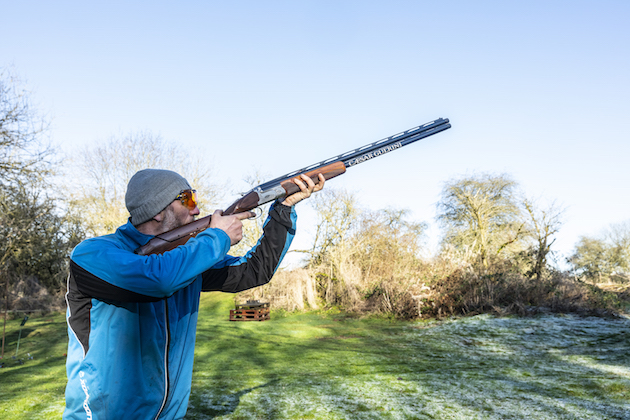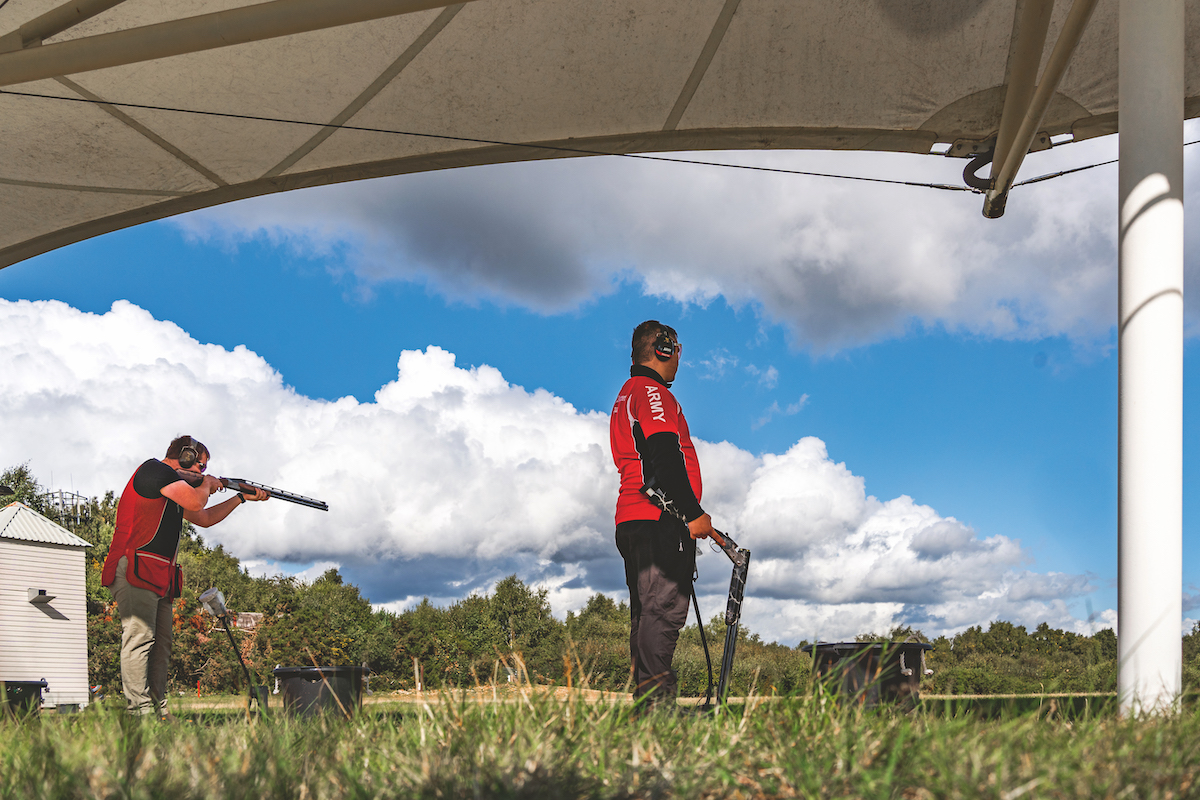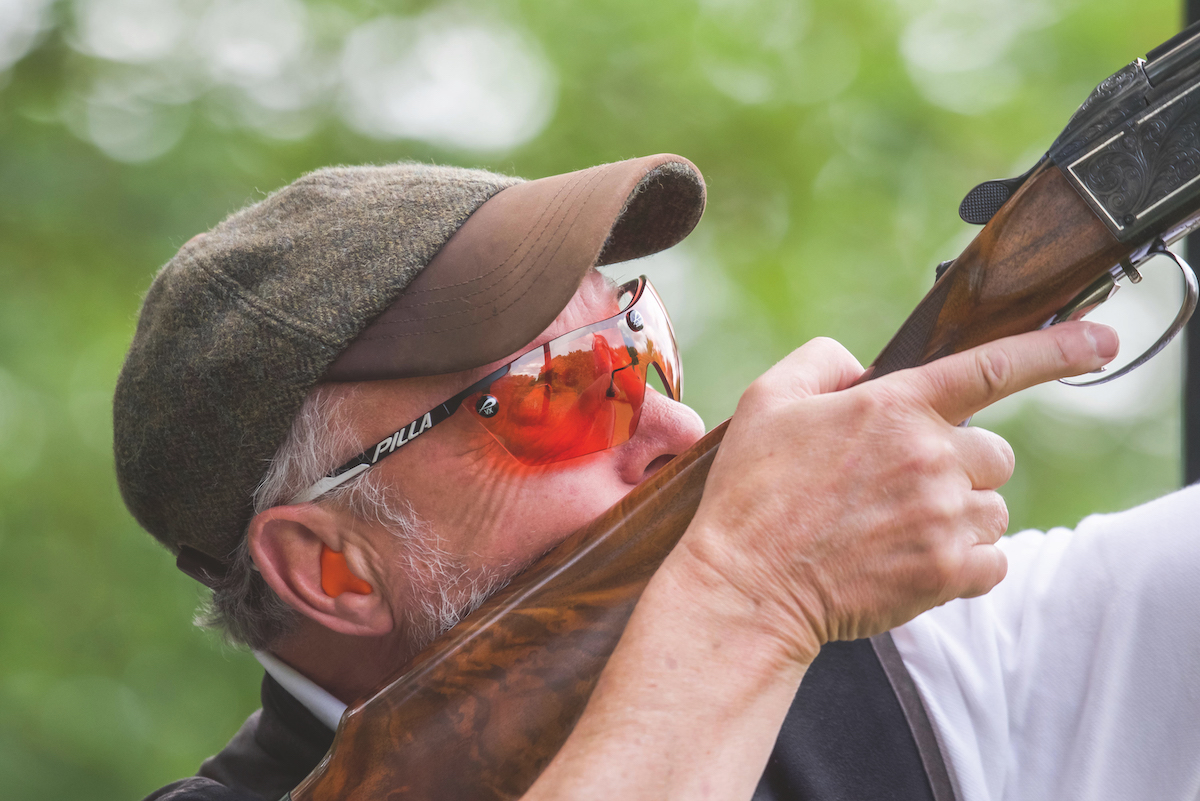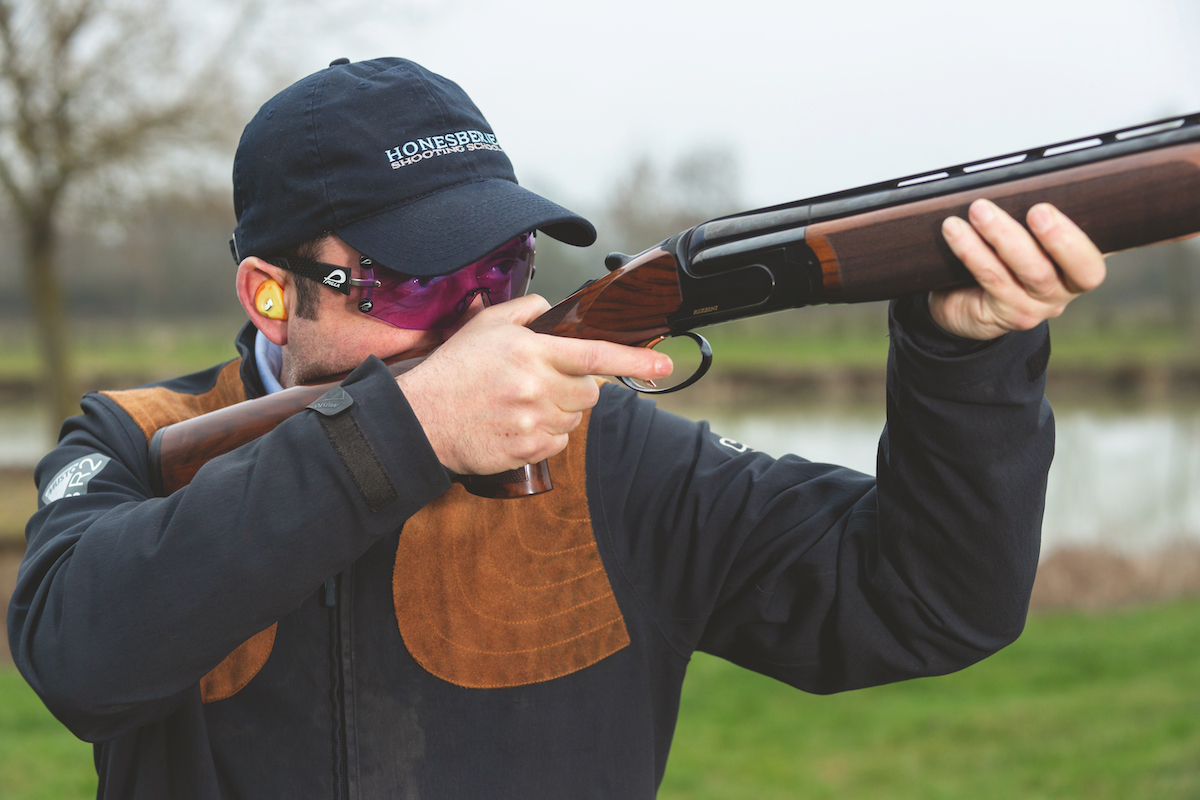A beginners’ guide to FITASC clay pigeon shooting
FITASC is an acronym of the French Fédération Internationale de Tir aux Armes Sportives de Chasse. Here's what you need to know.

FITASC Clay Shooting
Shoot FITASC and be sure that any lapses in your clayshooting technique will find you out. The sport is known to be a great leveller – and so it’s a good way of improving your technique, whether you need to work on your swing, gun mount or whatever.
Here are some tips to help you shoot your best.
FITASC clay pigeon shooting guide
What are the layouts?
- There are two types of layout and they will vary slightly depending on whether you are shooting the ‘old’ system or new system. Some people think this older system is more varied and more fun socially.
- Under the old format there are three stands per 25 bird layout and each stand has its own dedicated set of traps, marked A, B, C etc. Stand one might have five traps and will present five singles.
- Stands two and three will each show four singles and two pairs to make up the 25 bird round.
- Under the new system you have five stands throwing, say, two singles and a double while a fifth will present three singles and a double – again making up 25 targets.
- Regardless of system, you’ll find a menu with the order of targets displayed at each stand. A squad shoots on a rotational basis so that by the time the team completes its 25 bird allocation each shooter will have shot either the singles, or doubles, first at one of the stands.
What are the target types?
- For the singles, one bird is presented when the shooter calls for the target – don’t forget that you’ve got full use of the gun. If it’s hit with either the first or second shot it’s scored one, if it’s missed with both shots it’s scored zero.
- Doubles are when two targets are thrown and the shooter has one shot at each target. The shooter scores one for each bird of the double he hits. There are three types of double:
- On report – the second bird is released after the first shot is fired.
- Simultaneous – two birds released at the same time from either one or two traps.
- Rafael – two clays released from the same trap, the second bird following the same trajectory as the first.

You must stand in a one metre circle to shoot
Rules of FITASC clay pigeon shooting
- Cartridge load must not exceed 28grams, spherical shot must be between 2.0 and 2.5mm diameter.
- You must wear ear protection and safety glasses on or near the layout.
- You must never pre-mount the gun, anywhere or at anytime, on the shooting ground.
- You must stand in the one metre circle (or square) to shoot.
- Your ready position must be with the heel of the stock touching the body not less than 25cm from the top of the shoulders.
- You cannot mount the gun until the target is visible.
- The release of the clay can be delayed for up to three seconds after the shooter calls for it.
- Always pick up your cartridge cases and put them in the bin provided.
Other FITASC sporting rules you need to know
- Shooting at live animals is not allowed
- The targets are: normal standard targets, rabbit, midi, super mini , battue, flash and zz targets
- The targets should be coloured to stand out clearly from the background
- Sporting layouts must comply with hunting ethics and shooting distances
- Guns must not be tested on the shooting stand
- Shooters must fire with their guns shouldered on all targets, including rabbits
Should you try FITASC clay pigeon shooting?
We’d say yes, and here are some reasons why.
- There’s hardly any time spent hanging around waiting.
- FITASC is a great discipline because, bang for bang, you get to shoot a wider range of targets per 100 shots. (If you were shooting 100 English sporting targets, for instance, you’d probably only get to tackle around 20 or so different angles and speeds. In FITASC, however, you’d usually expect to shoot this amount on just one 25-bird layout).
- This discipline is also a good social outing. Because you’re shooting in squads (of six) there’s always a great deal of banter between stands – and also help and advice from your fellow competitors if you need it.
- Don’t worry about being presented with odd, unfamiliar types of targets – you’ll almost certainly have seen them before on English sporting layouts. Clays used in FITASC are: standard normal, rabbit, midi, super mini, battue and, very occasionally, rockets – and they’ll always be in colours that stand out clearly from the background.
- A great thing about FITASC is that every layout tries to reproduce genuine hunting situations. All the flight paths and trajectories will simulate typical quarry of some sort or other; pheasant, partridge, ducks, rabbits etc – in all manner of crossers, quartering, incoming etc. Inevitably the birds will be at all height levels and, of course, be presented in natural terrain. As a result, this means you’ll never be presented with a bird at really close range, because the game would be unfit for consumption, or a target that’s at a distance beyond the effective range of the shotgun or cartridge – the quarry would be pricked and not killed outright.
- One aspect of FITASC that catches a lot of shooters unawares is the ready position and gun mount. You mustn’t shoot gun-up (unless it’s the second bird of a double) and the heel of the stock must be 25cm (about 10 inches) from the top of your shoulders until the bird is in sight. (Mount the gun as soon as you call pull and if the target isn’t visible you’ll be in big trouble).
FITASC tips
- Don’t forget that you have full use of the gun (you can use both barrels) on the single bird targets.
- When shooting doubles or on report you can keep the gun up for the second shot.
- The first member of the squad to shoot will be shown the targets’ trajectories. Make sure you watch closely where the birds are coming from. I can’t stress this strongly enough. FITASC is a discipline where your memory will be tested nearly as much as your shooting ability.
- Bear in mind that if one of the single targets isn’t used as one of the doubles, that’s probably going to be the hardest to read and the trickiest to hit.
- Shoot a practice card with someone who has shot FITASC layouts before. Watch what they do and ask loads of questions. The experience will be invaluable.
- After watching how a simultaneous pair is presented, if you reckon one of the birds is un-hittable, you can always make a conscious decision to leave it. This gives you the scope to use both barrels at the easier target.
How to start clayshooting
So you’ve decided to venture onto a clay ground with a view to taking up the sport. Congratulations. It’s a…
Remember when FITASC clay pigeon shooting
- Nine times out of ten it’s the doubles that always cause problems and ruin your score.
- You’ll have seen how both birds will be presented so make sure you decide (and remember) exactly where the pick-up and kill points will be for each target.
- Decide (before you call for the birds) if you’ll need to move your foot position/stance between shots.
- Importantly, decide which bird you’re going to take first. Very importantly, stick with this choice! You’d be surprised how many shooters make a plan and then, for no rational reason whatsoever, change their minds when the birds are in the air.
- Don’t become complacent. By concentrating hard you’ll be ready to change your plans if something untoward happens when the birds are in flight – wind-affected targets, for example.
- Also, don’t let your opinions be changed simply because quite a few of your squad are taking the birds the other way round. What’s right for them might not be best for you.
What does “gun down” mean in relation to the gun being out of the shoulder in FITASC?
To quote the FITASC rules. “Shooters must adopt the ready position, i.e. standing with both feet within the limits of the shooting stand. The heel of the gun stock touches the body.
“This line is 25 cm (9.85″) below the axis of the shoulder and in parallel with this axis (see diagram below). Shooters must remain in this position until the target is released and is visible. ”
The definition of Sporting given by the FITASC body
The organisation of a sporting layout must take into consideration the safety of all those present, the protection of the flora and management of the environment.”









